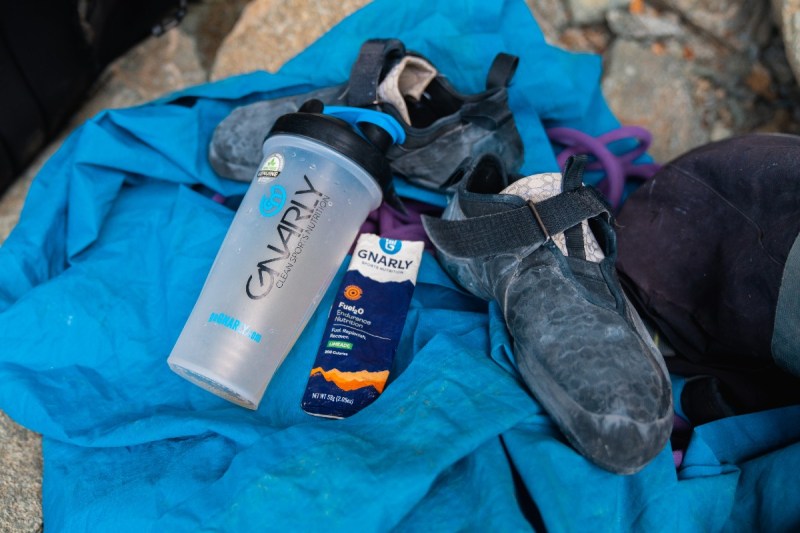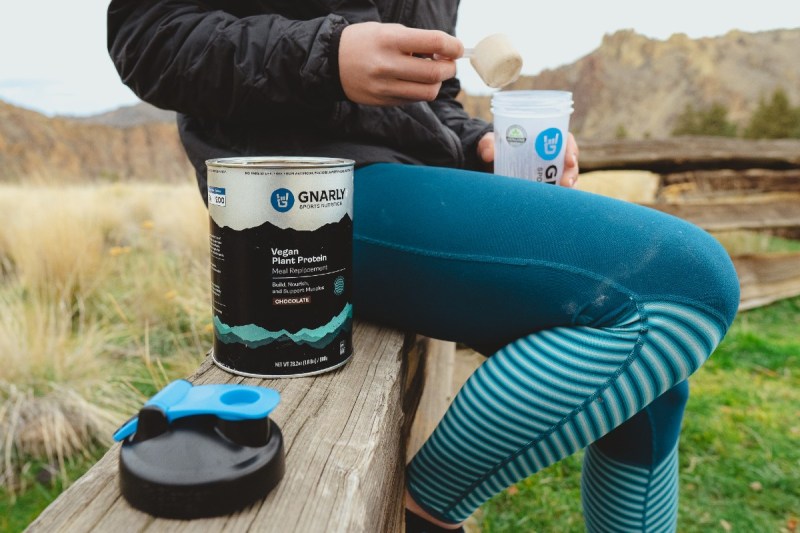In a 2018 study by the nonprofit Clean Label Project, researchers screened 134 protein powder products for 130 types of toxins and found that many of these dietary supplements contain heavy metals like lead, arsenic, cadmium, and mercury; pesticides; and other contaminants with links to cancer and other health conditions. These come from manufacturing processes or the existence of toxins in soil.
This is why the Utah-based Gnarly Nutrition not only promises contaminant-free nutritional supplements to enable its athletes, but subjected itself to the gnarly rigors of National Sanitation Foundation certification. After enduring and passing the rigorous seven-step certification process from the nationally renowned NSF food safety nonprofit, Gnarly now holds NSF Content and Sport certificates, guaranteeing that its supplements are not only contaminant free, but free from over 300 banned substances by the World Anti-Doping Association. With over 70% of elite athletes consuming dietary supplements to fill nutritional gaps, boost performance, and recover from workouts and competition, NSF Certification is a huge value not only for these professional competitors, but for athletes of all types.

“It’s really important that we have products that athletes of all levels can use,” Gnarly’s COO/CPO and “jiu jitsu badass” Shannon O’Grady said. “We want to be transparent, clear, and science-backed with formulations and the ingredients that we choose to use in those formulations.”
O’Grady holds a doctorate in biology from the University of Utah. After research into nutritional physiology as a research assistant and professor at ‘the U,’ O’Grady found her way to Gnarly Nutrition where she could fulfill her obsession with sports nutrition. Now she delivers that knowledge for Gnarly beginning right at home with Salt Lake City’s vibrant outdoor sports scene.

“We’ve always reached out to the mountain community because it’s what we know,” O’Grady said. “Everyone that works at Gnarly lives in the Utah or Colorado area. We love to recreate in the mountains. We’re climbers, bikers, trail runners. So that’s where we started.”
What Gnarly and O’Grady aspire to do with its supplements is to reach movers of all types, no matter the level of endurance or skill.
“We’re really trying to redefine (or reset) people’s expectations for what an athlete is,” O’Grady said. “I hear too many times, ‘Oh, I’m not an athlete, I only do this.’ For me, anybody that moves their body and sets goals and goes after them — that’s the definition of an athlete.”
These sports participants of all stripes will often attempt to boost performance with powders of all types. Problem is, protein powder is a dietary supplement. As such, the FDA leaves it up to manufacturers to determine the safety and labeling of its products. Unless a company is certified by a recognized third-party like NSF or USP, there’s no way to know if a protein powder contains what is on its label.
Clean Label Project’s analysis, for example, found that 70% of the top 134 protein powders on the market contained detectable levels of lead, 74% had cadmium, and 55% had BPA. If humans ingest too much of any of these metals or plastics, this can lead to brain damage and/or cognitive impairment. This wasn’t just trace amounts either — significant quantities of toxins were often present. One protein powder, for example, contained 25 times the FDA-prescribed limit for BPA.

For Gnarly, aligning with its manufacturer to keep its product toxin-free is both challenging and an easy collaboration. With a producer just down the road in Salt Lake City, Gnarly is able to work in tandem with the factory on formulas, flavors, ingredients, and more. The nutritional firm is even aiming for its packaging to be plastic-free, moving from plastic jugs to tin tubs. Alongside its partners in the Plastic Impact Alliance and Sustainable Packaging Movement, Gnarly is in the process of outlining plans to remove plastic completely from its line by 2025.
“We really try to stand behind our values,” O’Grady said. “One of those values is creating clean and effective supplements that people can trust. And another is really trying to be a sustainably-minded brand that realizes the impact we have on the environment.”



